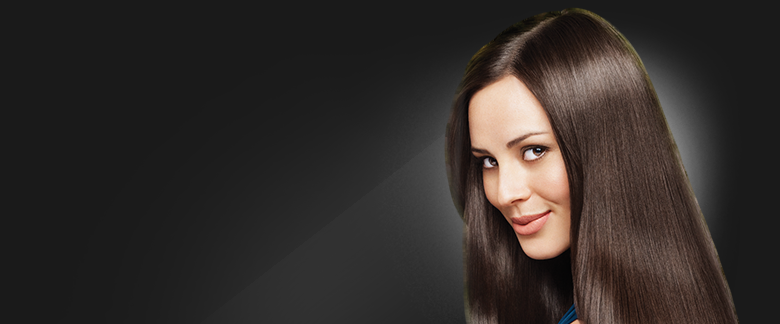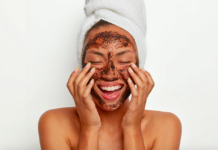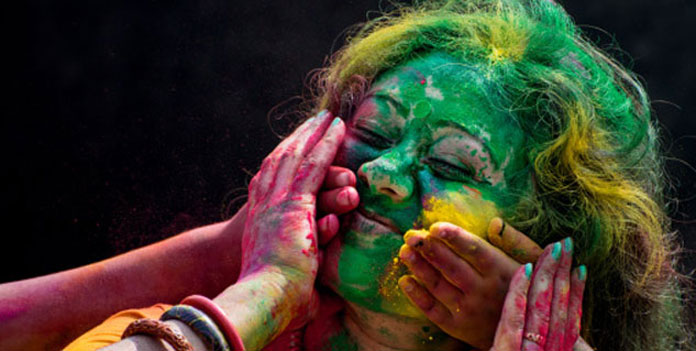Herbs for hair | Hair care routine
Hair has always been the crowning glory of beauty. Indeed the look of one’s hair and the way it is worn makes a great deal of difference to one’s appearance. Throughout the ages, thick, long lustrous hair has been considered one of the main beauty assets and this emphasis has not decreased with time. Yet, we see a great deal of hair damage caused by neglect and abuse. Both men and women are most concerned about their hair and the problems associated with it can cause anguish and despair.
The condition of hair depends not only on the state of health of your body and mind, but also on regular external care, or the lack of it. An understanding of your own individual hair type and the products available can help you to set up a protective-routine that would help reverse any damage done and nurse the hair back to health.
Are you washing you hair correctly??
Herbs for hair
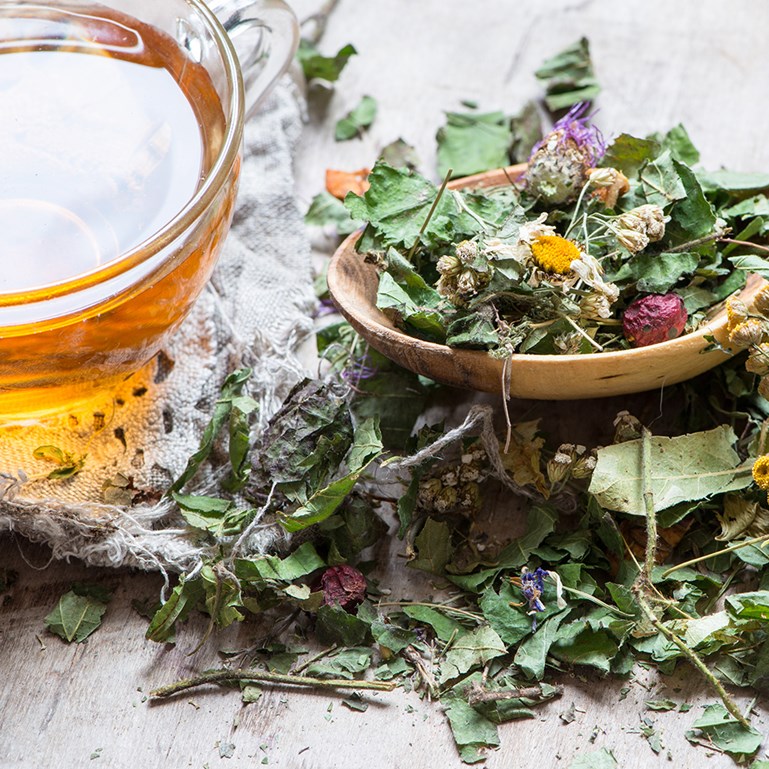
Those who use chemical hair treatment and dyes, as well as styling procedures should realize that it is all the more important to give the hair regular treatments with natural products allowing the herbs to facilitate the removal of toxins and coat the hair shaft, strengthening and protecting the hair.
Among the plants ingredients that have been used in the treatment of hair problems are:
Amla – restores the acid-alkaline balance
Shikakai and Reetha – have powerful cleansing actions, but do not disturb the natural balances.
Mint – stimulating effect on the scalp, due to its action on the blood capillaries
Neem – Nature’s antibiotic, used for centuries to cure skin and scalp disease
Brahmi – Soothes and relaxes nerves and very valuable in healing scalp infections
Following the ancient Ayurvedic system the above plants have been combined with extracts of Bael, Henna, Hibiscus, Jatmansi, Lemongrass and Bhringaraj to formulate a range of exceptional herbal hair treatments which have proven to be extremely successful in promoting hair growth and keeping the scalp in healthy condition.
Hair care routine
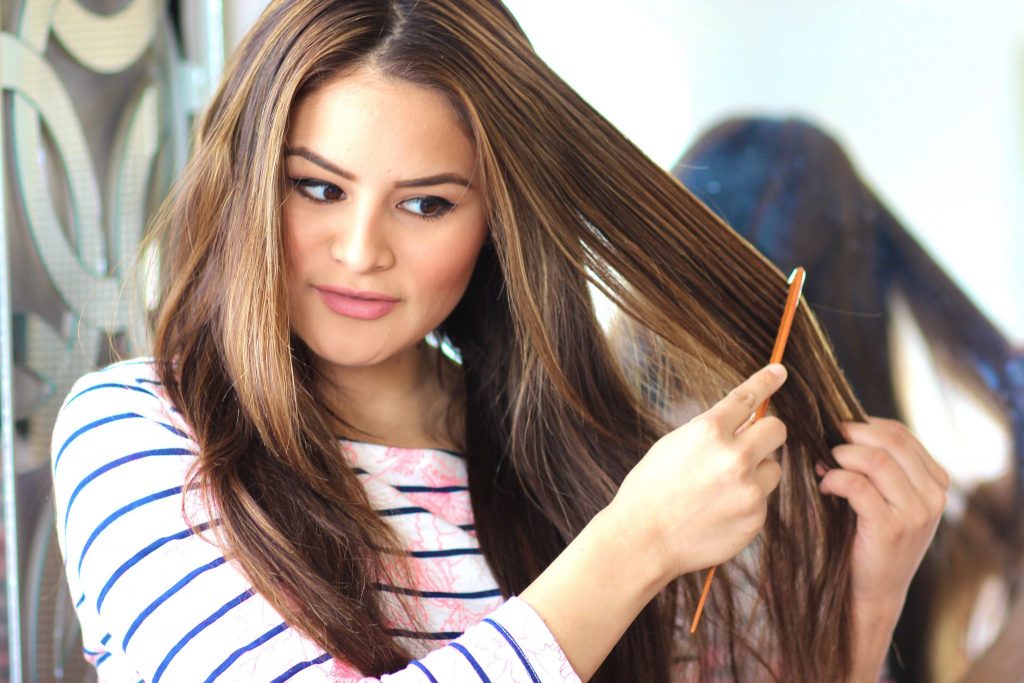
Hair type helps in deciding which products are needed and the methods of hair-care that should be followed.
Normal hair
Hair is naturally lustrous and easy to manage. However, with factors like exposure to the sun, air pollutants, sprays and dyes, it is easy to upset the normal balance of the scalp. Normal hair will benefit from the use of a mild herbal shampoo which maintains the acid-alkaline balance of the scalp and is also known to check graying.
Dry hair
Hair is difficult to manage and has the ‘fly-away’ look. The oil glands are not secreting enough natural oil, or the hair has suffered damage from chemical treatments and exposure to the elements. Dry hair looks dull and acquires split ends easily.
Oily hair
The sebaceous glands are over-active and are producing excessive oil. Hair looks good after being shampooed, but becomes limp soon after. Use henna and other herbal extracts that help to restore the natural acid-alkaline balance of the scalp.
Mixed condition/combination hair
This kind of hair has poor distribution of oil along the hair shaft. The scalp may be oily, but the hair is dry. There may be dandruff, with the scales clogging the pores of the scalp.
Shampooing: Often the first stage in helping hair loss can be in they way you actually care for your hair, your daily regime should include proper cleaning and care of your hair.
- Clean shiny hair is seen as a sign of good health, but this is not strictly true as hair is actually dead matter. It is very much more likely a sign of someone who has looked after their hair with proper care and attention to detail.
- It is important to choose a shampoo and conditioner that is right for you, hair gets dirty when sebum, an oily substance secreted by the skins sebaceous glands, coats the shaft. Dead skin cells and air borne dirt stick to the sebum.
- It goes without saying that a well-balanced diet is essential to healthy hair growth. Poor diet can be reflected in hair quality to quite an amazing degree, dandruff, dry hair and even hair loss can result. Stress can also cause a problem in both hair loss and dandruff. Both of which can be detrimental to a lovely shiny head of hair.
- The type of shampoo that you use is a purely personal choice, the cosmetic companies that produce them have spent millions of pounds on research over the years so you can usually be sure that the shampoo will clean your hair. Try to avoid using a shampoo that is very mild, like a baby shampoo as this will make your hair very flyaway. One of the best shampoo types to use is a shampoo with a balanced P.H. value. These shampoo’s will return your hair to its natural P.H. level and make manageability very easy.
- Some of today’s new line of shampoos have a special ingredient advertised as a hair thickener as well as a shampoo that will make your hair look thicker. These shampoos actually coat each strand of hair with a layer of protein each time you use it thus making the hair appear thicker. These shampoos are really very good and can have quite a beneficial effect on most people. Check the label on the back of the shampoo or conditioner to see what it contains. Proteins, keratin and amino acids all bond to the hair shaft to fill-in the cracks caused by poor treatment of the hair, these will strengthen and protect your hair. However egg protein will not bond with your hair so it’s really just a gimmick. Moisturizers re-hydrate your hair as they do your skin. Look out for urea, lactic acid and lecithin. Balsam is a resin that stiffens hair to add volume, which explains why conditioners containing it are the best sellers. Panthenol, vitamin B5, unlike most vitamins, does penetrate hair and is essential for strength and healthy growth.
- Cleaning your hair is important to clean hair, however cleaning hair on a daily basis can destroy hair strands. In order to minimize shampooing, you can try to use dry shampoo or loose powder. Just sprinkle some powder on the roots of hair and brush through with a comb.


